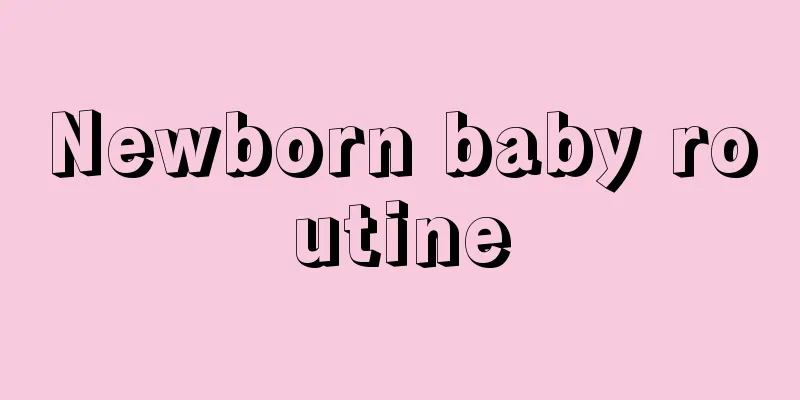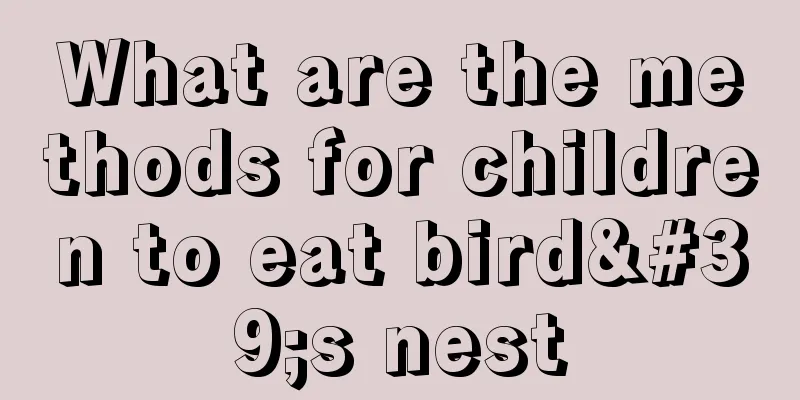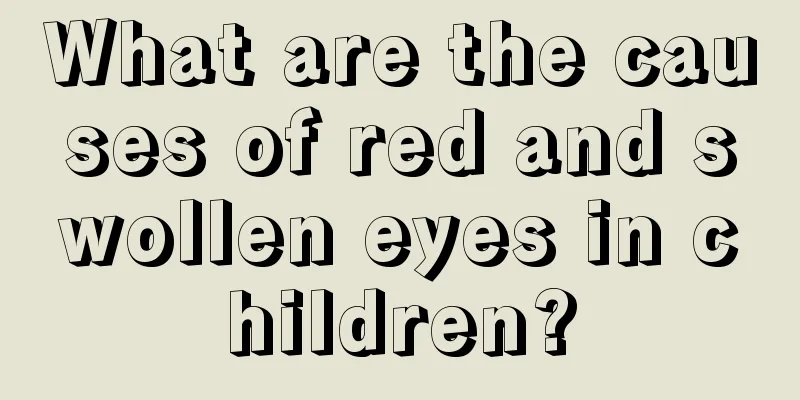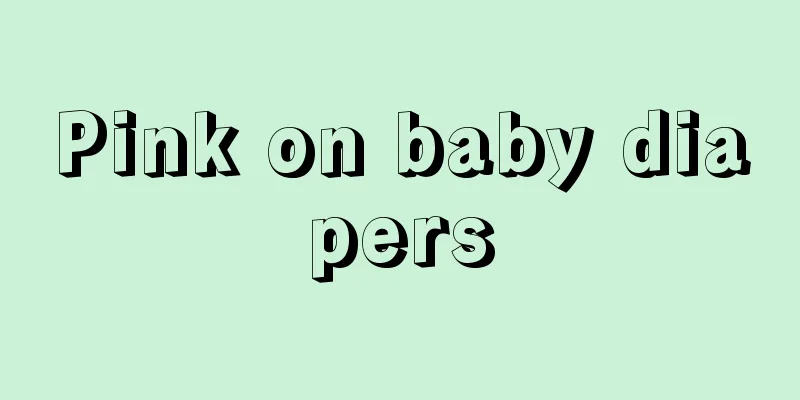What color is good for baby's eyes?

|
Everyone knows that after a baby is born, many organs of the body mature slowly, especially the eyes. Therefore, parents should try to choose soft colors in the baby's room, which will give the baby a visually comfortable feeling. It is also best not to choose solid-colored furniture. Try to pay more attention to color matching. Color stimulation will promote the development of the baby's eyes, and then promote the development of the baby's brain. 2-4 months old baby vision development The visual concentration of two-month-old babies becomes more and more obvious. They like to look at moving objects and familiar adult faces. Can focus on objects in a coordinated manner and distinguish colors, but cannot distinguish depth. The eyeballs can move with objects within a 90-degree range. When objects approach the eyes quickly, protective reflexes such as blinking will appear, and the child will focus on the hand for more than 5 seconds. After 3 months, the baby can fix his vision and see objects about 75cm away, with a visual acuity of about 0.1. The gaze time is significantly prolonged, and the sight can follow moving objects. The child likes to look at bright and vivid colors, especially red, and does not like to look at dull colors. Their preferred colors are red, yellow, green, orange, blue, etc. When lying on your back, your eyes will track the person who is moving. How to use colors to stimulate your baby's visual development: 1. Black and white stimulation Bob is still sensitive to black and white at this time, so the mother can prepare a black and white picture similar to a bull's eye for the baby to see, and slowly move the picture up, down, left and right, so that the baby's eyes follow the movement of the picture. 2. Three primary color stimulation Babies aged 2-4 months are more sensitive to colors with strong contrast. Red, yellow and blue are of high purity and easy to identify. Exposing babies to pictures or toys of these three colors frequently can have a strong stimulation on their brains. In addition, the baby cannot distinguish between orange, green and purple at this time. But you can also show it to your baby. Seeing these colors will still cause obvious excitement in the baby's brain. 3. Diversified stimulation The clothes that mother and baby wear on a daily basis should be as diverse in color as possible. Black, white and colorful are all necessary. The tones should preferably be all sensitive, with both dark and bright tones prepared. This will provide the baby with a rich variety of color stimulation. If your baby only looks at one color or tone for a long time, it can easily cause visual impairment. In addition, you can arrange and hang some colorful decorations around the baby's bed so that the baby can spend more time in contact with these colors. Warm reminder: Don’t show your baby light-colored objects Try not to show your baby pink, light blue, powder blue, natural colors, etc., because babies aged 2-4 months do not have the ability to distinguish light colors. If they often see these colors, it is easy to cause visual confusion in babies. |
<<: Symptoms of urticaria in children
>>: What are the symptoms of meningococcal meningitis in children?
Recommend
What are the symptoms of bronchitis in children?
For children, any minor illness, if not treated i...
Baby sweats on back when sleeping at night
New mothers will encounter this problem. Babies s...
Three-year-old baby has developmental delay
We all know that babies need a certain amount of ...
Why does the child always blink his eyes?
Blinking can cause great harm to everyone, and ma...
Is it a disease if the baby is anxious to eat?
Many premature babies are in a hurry to breastfee...
Why does the baby often stare blankly?
It is said that spending five minutes a day is be...
What should I do if my baby has a fever of 38 degrees and diarrhea?
When children have frequent fevers, parents will ...
What diseases does the child have?
We all know that children's physical fitness ...
Precautions for full moon vaccination
When a one-month-old baby gets vaccinated, it is ...
What to do if your child has precocious puberty
Precocious puberty in children is a problem that ...
Reasons for peeling skin on baby's face
It is the wish of many parents that every baby ca...
What should children supplement in spring?
No one likes winter. The long winter is finally o...
What to do if your child speaks with a lisp
Nowadays, people pay much attention to children&#...
What medicine should children take for diarrhea?
When babies are young, their spleen and stomach a...
What can children eat to make their dark skin white?
For most children, their skin tends to be relativ...









